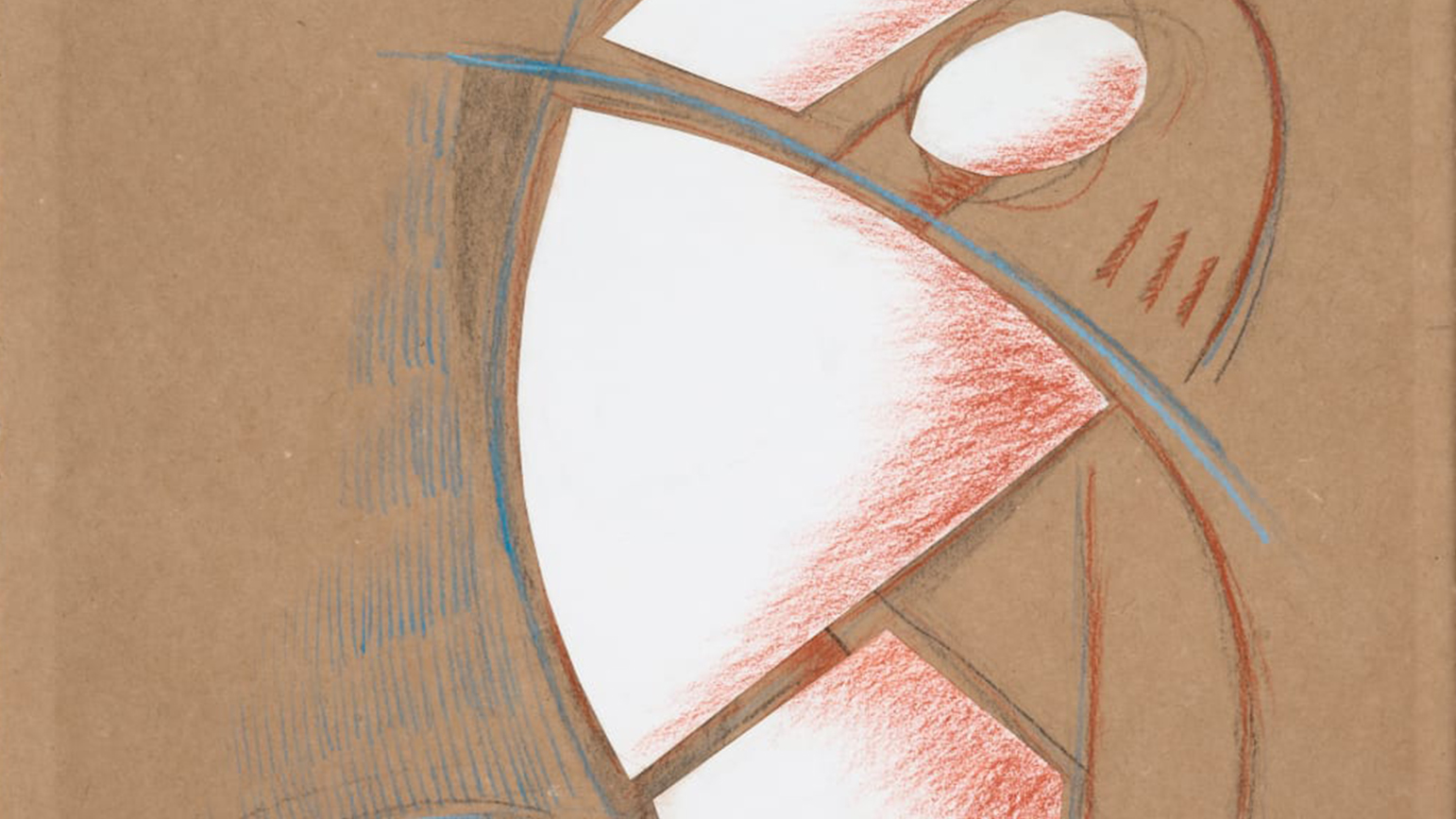
Professor Maria Elena Versari curated the first comprehensive exhibition of the artist Alexander Achipenko in Italy since 1963. The exhibition, titled “Achipenko in Italy” in on view at ML Fine Art in Milan, Italy from September 14 through December 12.
The show, in collaboration with Stephenson art, London, and with the support of the Archipenko Foundation, New York, explores the relationship between the work of the Ukrainian-born, American artist, Alexander Archipenko (1887-1964) and the Italian artists who were most inspired by his example, including Alberto Magnelli, Enrico Prampolini, Fortunato Depero, Fillia and Carlo Carrà.
This exhibition offers the first systematic examination of Archipenko’s influence on Italian art in the first half of the century and is accompanied by a catalogue edited by Versari.
Many of the Futurists became friends with Alexander Archipenko in Paris at the beginning of the 1900s. His research in the field of avant-garde art was championed by Blaise Cendrars, André Salmon and Guillaume Apollinaire, the latter of whom was actually fired from his job at the newspaper where he worked in 1914 for defending Archipenko’s works in its pages. The sculptor’s relations with Alberto Magnelli are less well known, but highly significant. In 1914, Magnelli bought at the Salon des Indépendants three of Archipenko’s most famous (and radical) works, exhibited. Among these was “Boxers,” on display at ML Fine Art.
Archipenko’s unabated formal experimentations and his relations with the Futurists already before 1914 favored the spread of his fame in Italy. Particularly important was his invention of sculpto-painting which, starting from Cubist and Futurist research on the process of assemblage, arrived at a new form of multimaterial art intended to bring together painting and sculpture. As Versari has suggested, and as other leading scholars in the field have reiterated, Giorgio De Chirico and Carlo Carrà were inspired by Archipenko’s sculptures to create the famous mannequins that characterize Metaphysical Painting. In 1920, with his one-man show at the Venice Biennale, the sculptor’s fame was definitively consecrated and he became the reference point for a generation of artists who, although linked to the avant-garde, did not shy away from the representation of the human body and its representation.




